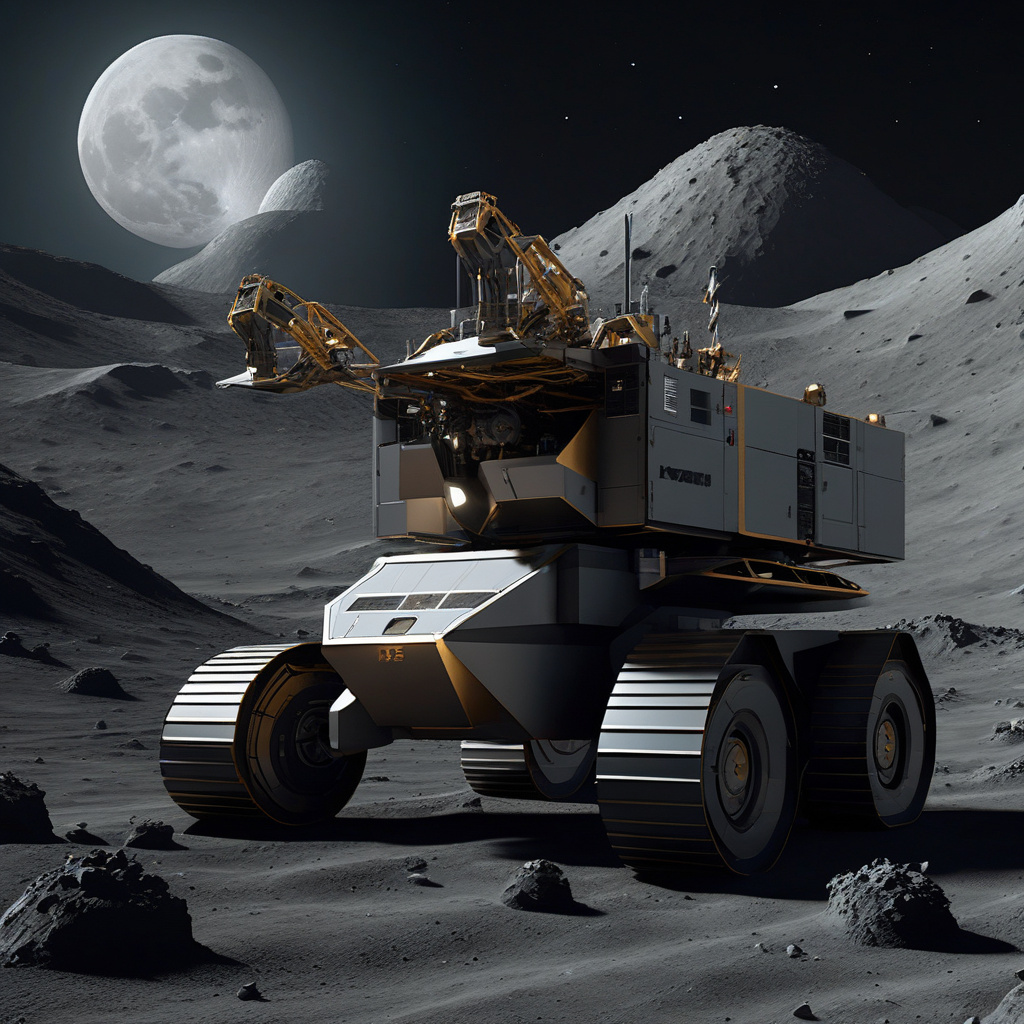Mining the Moon’s helium-3: The race fueling quantum dreams and fusion hopes
Humanity has long considered the Moon a place of wonder and possibility. Now it’s being viewed through a different lens – as a potential fuel station for the future of energy production. The focus is on helium-3, a lightweight isotope that is rare on Earth but believed to be abundant on the Moon. This valuable resource has sparked a new space race, not for political dominance or lunar colonization, but for mastering the power of fusion and unlocking the potential of quantum technologies.
Helium-3 is a non-radioactive isotope of helium with two protons and one neutron. It is considered an ideal fuel for nuclear fusion reactions due to its high energy yield and the absence of radioactive byproducts. Unlike traditional nuclear reactions that rely on uranium or plutonium and produce harmful waste, helium-3 fusion is clean and safe, offering a virtually limitless source of energy with no greenhouse gas emissions. This makes it an attractive prospect for addressing the global energy crisis and combating climate change.
The Moon is believed to have accumulated significant deposits of helium-3 over billions of years, carried by solar winds and embedded in the lunar regolith. Estimates suggest that there could be up to a million metric tons of helium-3 on the Moon, enough to power the Earth for thousands of years. The challenge lies in extracting and transporting this valuable resource back to Earth or using it for in-situ lunar operations.
Several countries and private companies have already set their sights on mining helium-3 from the Moon. China, with its ambitious lunar exploration program, has expressed interest in helium-3 extraction as part of its long-term space objectives. The United States, through NASA and commercial space ventures, is also exploring the feasibility of lunar mining for helium-3. Meanwhile, companies like Blue Origin and SpaceX are investing in technologies that could enable cost-effective lunar missions for resource extraction.
The race to mine helium-3 is not just about energy security; it is also about pushing the boundaries of science and technology. Helium-3 fusion reactors have the potential to revolutionize the way we generate power, offering a cleaner, safer, and more efficient alternative to fossil fuels and traditional nuclear energy. Moreover, the byproducts of helium-3 fusion, such as high-energy protons and neutrinos, could open up new frontiers in particle physics and quantum computing.
Imagine a future where spacecraft are powered by helium-3 engines, propelling us to the outer reaches of the solar system in a fraction of the time it takes with conventional rocket propulsion. Picture cities lit by helium-3 fusion reactors, with clean energy flowing abundantly and sustainably. Envision a world where quantum computers harness the power of helium-3 to solve complex problems and revolutionize industries. This is the promise of mining the Moon’s helium-3 – a future where the sky is not the limit, but the beginning of new possibilities.
As we stand on the cusp of a new space age, driven by the quest for clean energy and technological advancement, the race to mine the Moon’s helium-3 represents a bold leap into the unknown. It is a race fueled by quantum dreams and fusion hopes, where the prize is not just lunar rocks and dust, but the key to unlocking a future powered by the stars.
moon, helium-3, fusion, space race, quantum technologies












